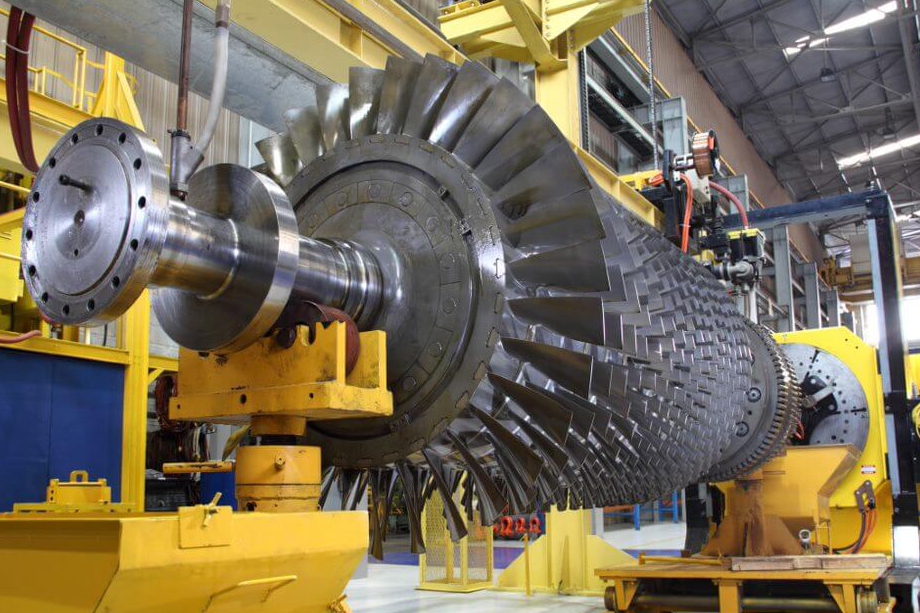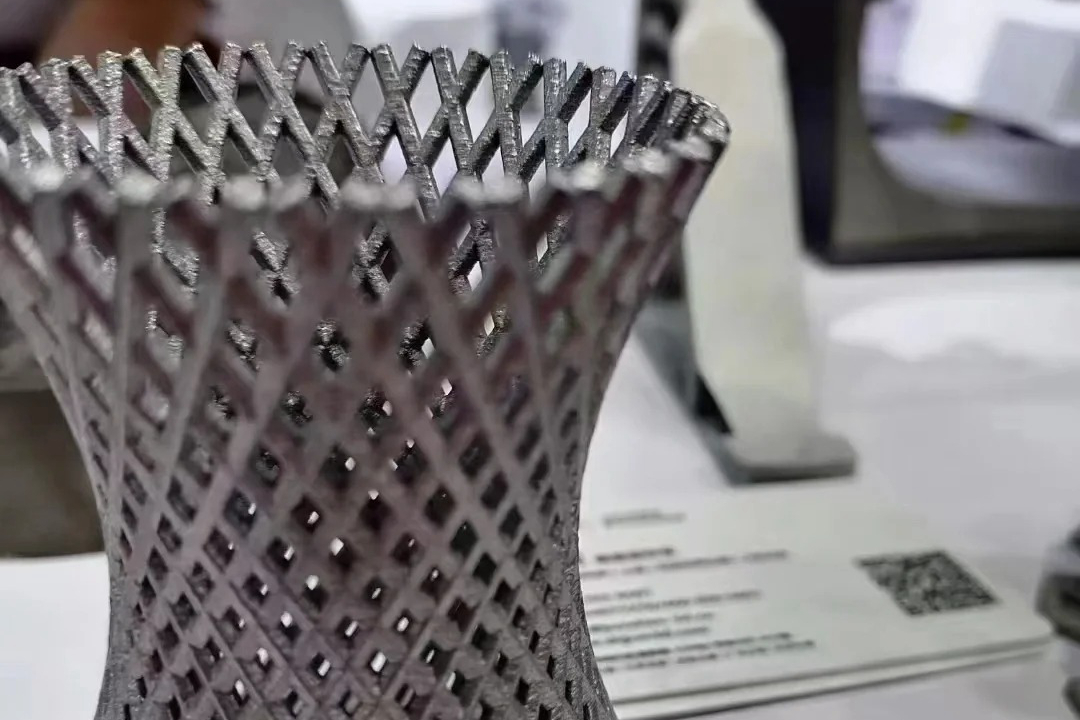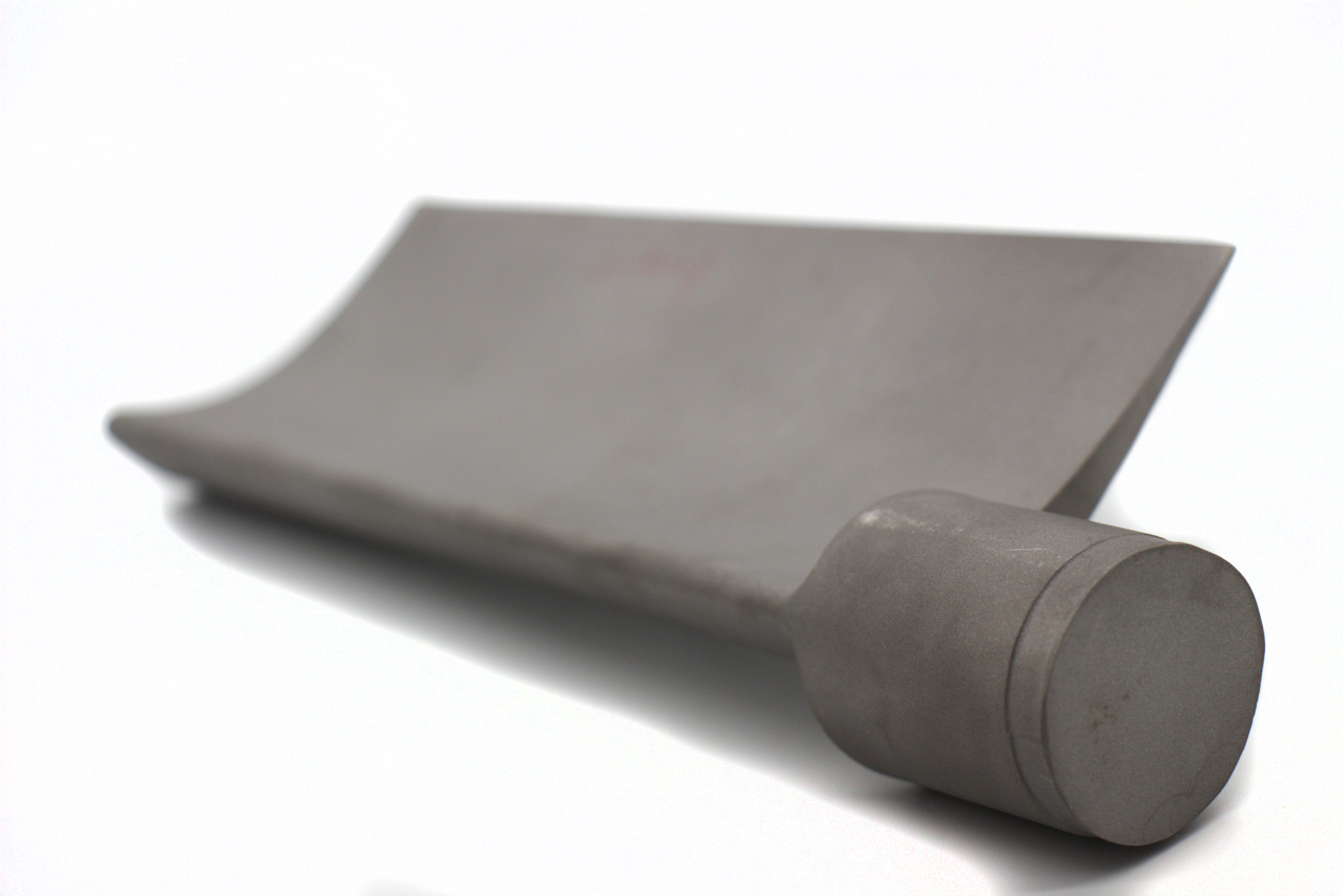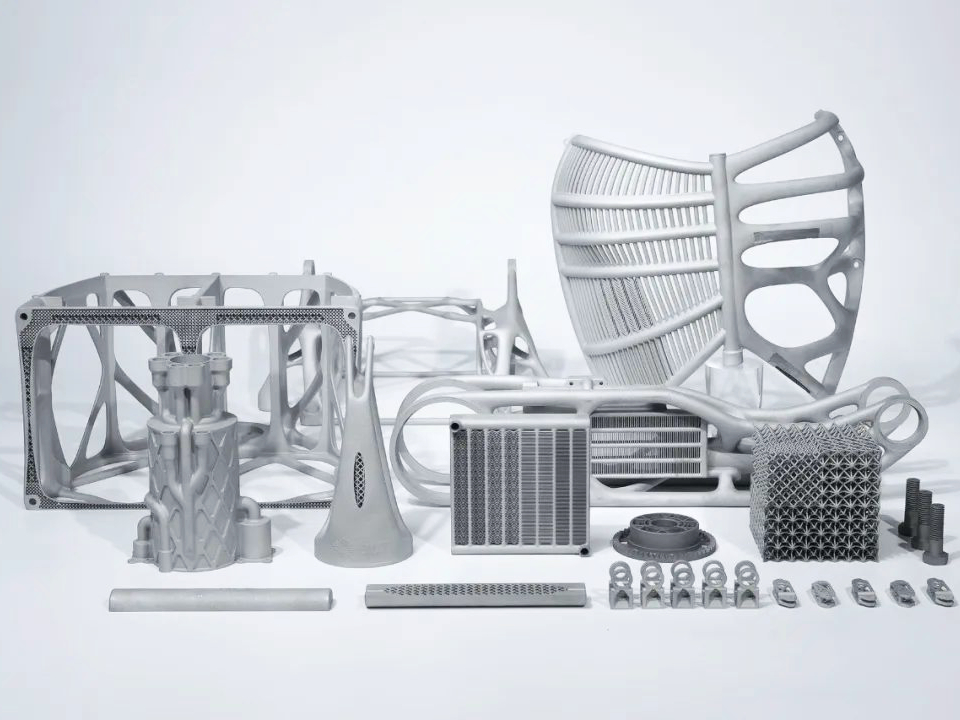Unlocking Extreme Environments: Custom Superalloy Parts in 3D Printing
 Superalloys, known for their ability to withstand extreme conditions like high temperatures, corrosion, and mechanical stress, are crucial in aerospace, power generation, and automotive industries. With the rise of 3D printing, the production of custom superalloy parts has become more efficient, creating complex, high-performance components tailored to specific needs. These advances are helping industries meet the challenges of extreme environments, offering faster prototyping, reduced waste, and improved performance.
Superalloys, known for their ability to withstand extreme conditions like high temperatures, corrosion, and mechanical stress, are crucial in aerospace, power generation, and automotive industries. With the rise of 3D printing, the production of custom superalloy parts has become more efficient, creating complex, high-performance components tailored to specific needs. These advances are helping industries meet the challenges of extreme environments, offering faster prototyping, reduced waste, and improved performance.
Advantages of Superalloys in 3D Printing
Superalloys, such as Inconel, Hastelloy, and Rene, possess exceptional properties that make them ideal for high-performance applications. Key advantages include:
High-Temperature Resistance: Superalloys are designed to withstand temperatures exceeding 1000°C. Materials like Inconel 718 are frequently used in aerospace and gas turbine engines, where parts are subjected to extreme heat and thermal cycling.
Corrosion and Oxidation Resistance: Superalloys are highly resistant to corrosion and oxidation, even in harsh environments. This makes them essential for energy and chemical processing applications, where parts must endure aggressive fluids or gases.
Mechanical Strength: Superalloys can maintain their strength under extreme mechanical stress. For instance, Hastelloy X is commonly used in jet engines and industrial equipment, providing high strength and toughness.
Customization: 3D printing with superalloys allows for creating parts with complex geometries that would be difficult or impossible to produce with traditional manufacturing methods. This includes internal features such as cooling channels and lattice structures.
Superalloy 3D Printing Technologies
Several 3D printing technologies are well-suited to work with superalloys, each offering distinct benefits based on the application:
Selective Laser Melting (SLM): SLM uses a laser to melt superalloy powder layer by layer, creating fully dense parts with high mechanical properties. This method is ideal for producing high-performance superalloy parts used in aerospace, power generation, and medical implants.
Electron Beam Melting (EBM): EBM uses an electron beam in a vacuum to melt superalloy powder, making it suitable for creating large superalloy parts for high-performance applications in industries like aerospace and energy.
Direct Energy Deposition (DED): DED uses focused energy to melt superalloy powder as it is deposited, making it ideal for repairing or adding features to existing superalloy parts, such as turbine blades or industrial components.
Key Applications of Superalloy 3D Printing
Superalloy 3D printing is used in various industries where extreme environments require custom, high-performance parts. Key applications include:
Industry | Applications | Benefits |
|---|---|---|
Aerospace | Jet engine components, turbine blades, fuel nozzles | High-temperature resistance, lightweight, strength-to-weight ratio |
Energy | Gas turbines, combustion chambers, heat exchangers | Corrosion resistance, thermal stability |
Automotive | Turbochargers, exhaust components, engine parts | High-performance materials, temperature resistance |
Chemical | Reactors, valves, pumps | Corrosion resistance, durability |
Medical | Surgical implants, prosthetics | Biocompatibility, strength, and precision |
Benefits of Superalloy 3D Printing
Design Flexibility: Superalloy 3D printing allows for producing parts with complex internal structures, cooling channels, and optimized geometries that reduce material usage while enhancing part performance.
High Performance: Superalloy 3D printed parts maintain their strength, toughness, and heat resistance, making them ideal for the most demanding applications in aerospace, energy, and chemical processing.
Reduced Lead Time: The ability to print complex superalloy parts without molds or tooling significantly reduces the lead time for prototyping and production, helping industries bring products to market faster.
Cost-Effectiveness for Low-Volume Production: Superalloy 3D printing is a cost-effective solution for producing custom parts and low-volume runs. Eliminating expensive molds and tooling reduces upfront costs and makes it ideal for industries requiring highly specialized parts.
Challenges of Superalloy 3D Printing
While superalloy 3D printing offers many advantages, some challenges must be considered:
Surface Finish: 3D printed superalloy parts may require post-processing such as polishing, machining, or coating to achieve the desired surface finish and dimensional accuracy.
Residual Stress: Superalloy parts can experience residual stress due to rapid cooling during printing. Post-processing techniques, such as stress-relief annealing, are often necessary to mitigate this issue.
Material Cost: Superalloy powders can be expensive, which may increase the cost of production. However, the benefits of high-performance custom parts often outweigh the material costs for critical industries like aerospace and energy.
Conclusion
Superalloy 3D printing is pushing what is possible in high-performance manufacturing. The ability to create custom parts with complex geometries and the material's excellent strength, heat resistance, and corrosion resistance makes superalloy 3D printing an invaluable tool in industries like aerospace, energy, automotive, and medical. As 3D printing technologies advance, superalloy parts will play an even larger role in addressing the challenges of extreme environments.
FAQs
What are the key benefits of superalloy 3D printing over traditional manufacturing methods?
Which industries benefit the most from superalloy 3D printing?
What are the most common 3D printing technologies for superalloys?
What challenges exist when 3D printing superalloys, and how are they addressed?
How does the performance of 3D printed superalloy parts compare to traditionally manufactured superalloy parts?



